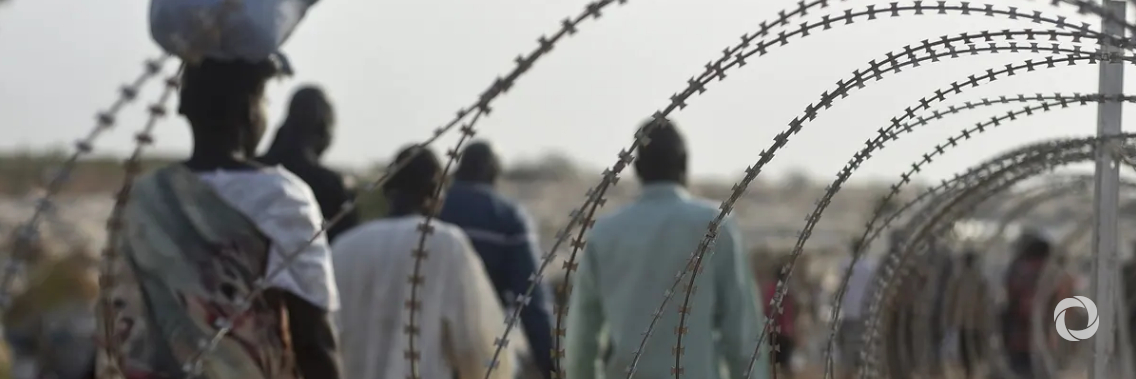On the margins of UNHCR’s annual Executive Committee proceedings, the Foreign Ministers of Sudan and South Sudan agreed to begin an IGAD-led regional initiative to seek solutions to protracted displacement in Sudan and South Sudan.
With the recent signing of the Juba Peace Agreement between Sudan’s Transitional Government and the Sudan Revolutionary Front and others on 3 October 2020, and the continued efforts in implementation of the Revitalized Agreement on the Resolution of the Conflict in South Sudan (R-ARCSS) signed on 12 September 2018, all parties present agreed it is a unique opportunity to find lasting solutions for displaced persons from the two countries.
As part of the IGAD-led process, a High-Level Meeting is foreseen to take place during an IGAD Heads of State Special Summit that is planned for the first quarter of 2021. The aim will be to agree on the early recovery and longer-term peacebuilding and resilience needs for five million Sudanese and South Sudanese internally displaced persons, refugees and returnees, and to urge the international community to show solidarity and support the process.
All parties further agreed that key factors for achieving success will be the participation of refugees, IDPs, and returnees in the process, full regional engagement especially with countries hosting Sudanese and South Sudanese refugees, the crucial roles and contributions of other UN actors, and more support from the international community. A
The IGAD member states are Djibouti, Eritrea, Ethiopia, Kenya, Somalia, South Sudan, Sudan, and Uganda. Currently, there are over 1.8 million Sudanese internally displaced, mainly in the Darfur region, and over 700,000 refugees located in neighbouring countries. Figures for South Sudanese include some 2.2 million refugees in the region and another 1.6 million displaced within the country.
Original source: UNHCR

